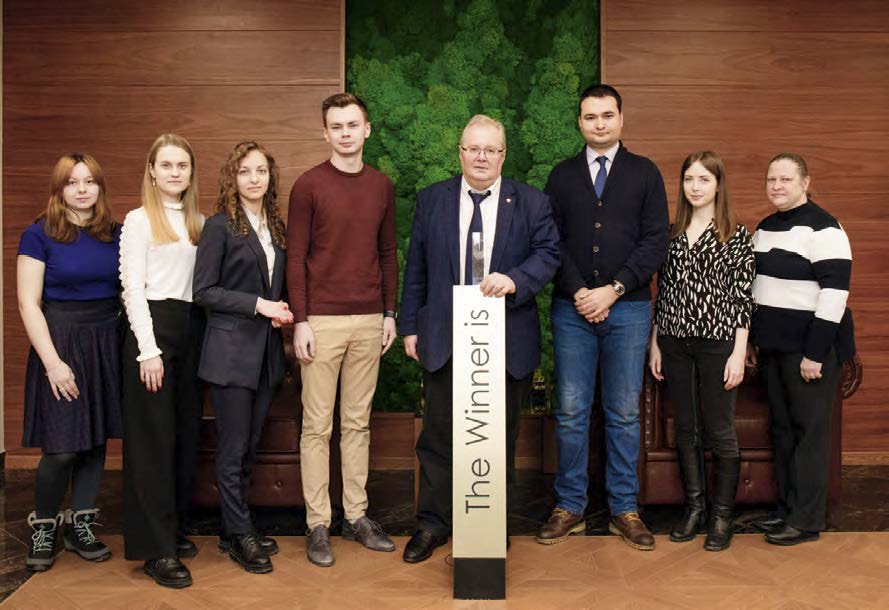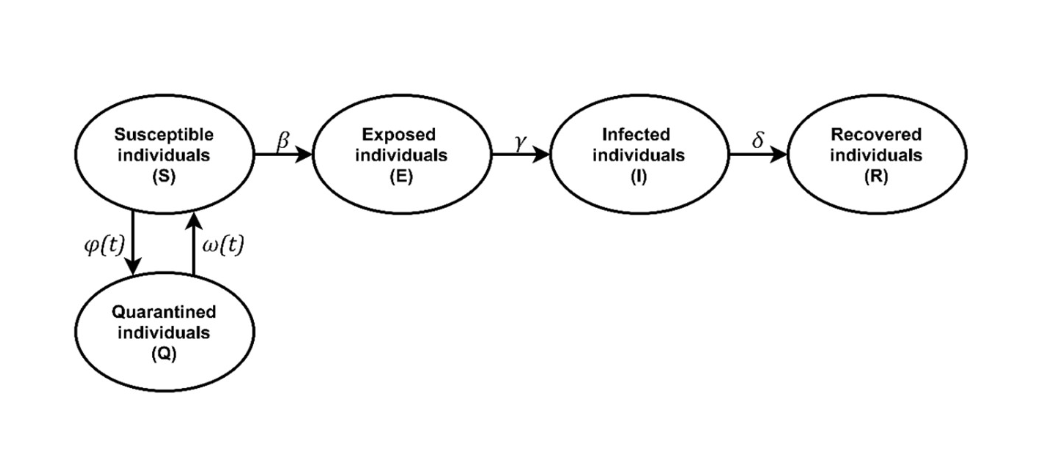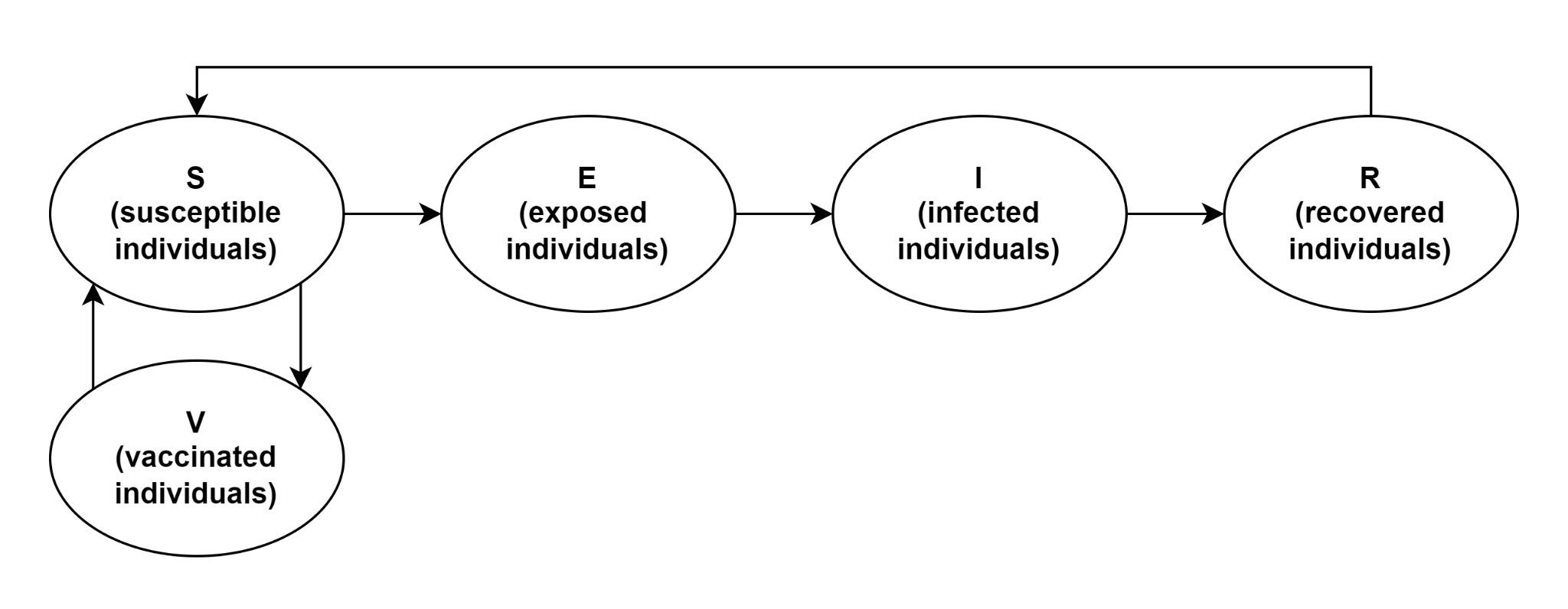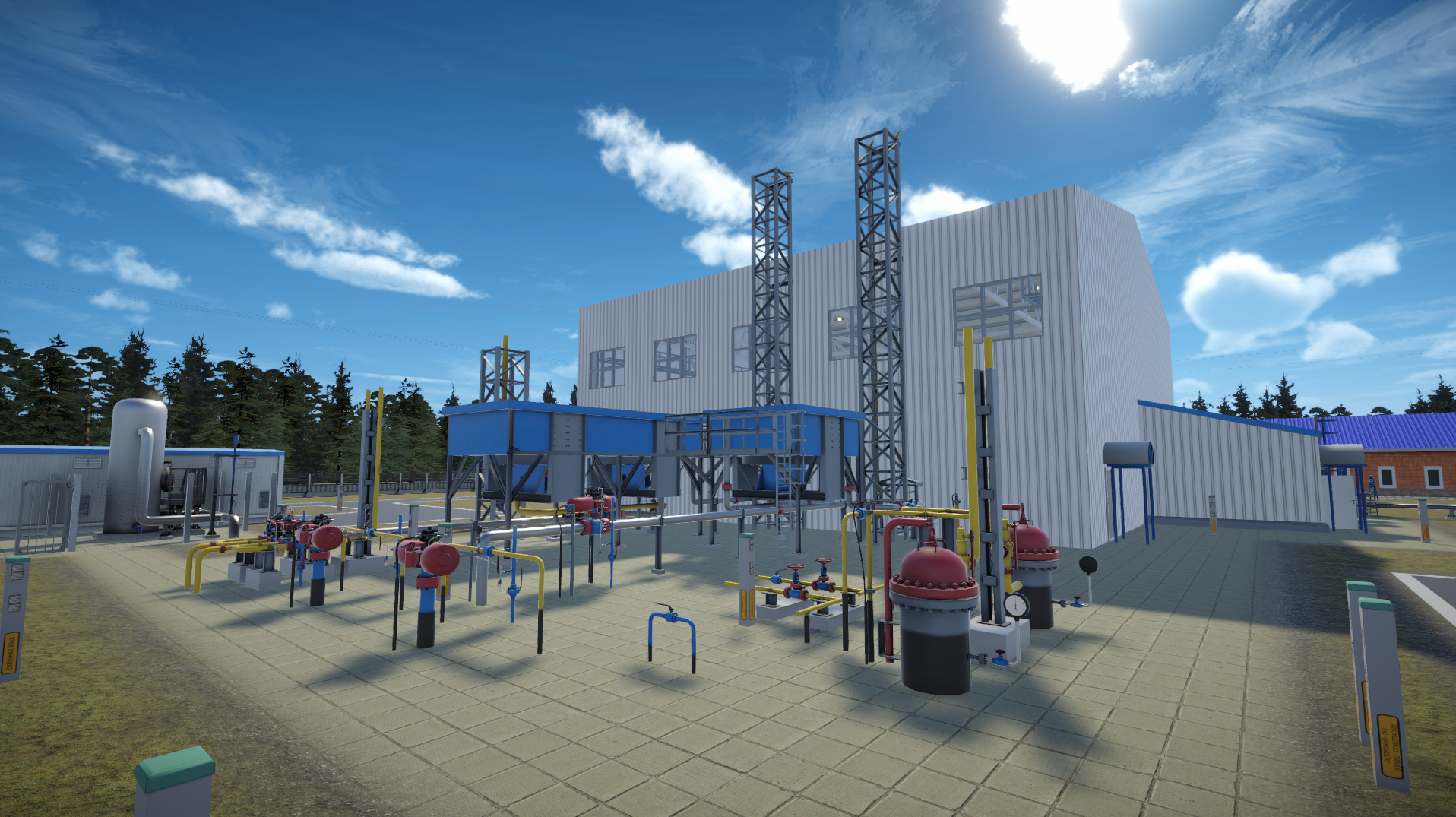Modeling the spread of the SARS-CoV-2 virus: results of three years of research
The team responsible for modeling and predicting the COVID-19 spread presented an overview of the results achieved during the three-year phase of development of simulation models designed to predict the epidemiological situation in the Russian Federation.

The findings were published at the end of December 2022 in the Q2 International Journal of Technology.
The paper presents the current results of the ongoing project on mathematical modeling and prediction of the COVID-19 spread in Russian regions and in the country as a whole, with the objective of providing a basis for management decision-making. In particular, it describes the most relevant simulation model currently available, which allows for the prediction of the COVID-19 spread, taking into account the most significant factors influencing this process three years after the pandemic outbreak.
A new methodology and software tools for multivariate mathematical modeling and dynamic prediction of the COVID-19 spread have been developed since the early months of 2020 by a project consortium based at the SPbPU NTI Competence Centre under the leadership of Alexey Borovkov, Vice-Rector for Digital Transformation of SPbPU, Head of the ‘Advanced Digital Technologies’ world-class SPbPU Scientific Centre, the SPbPU National Technology Initiative Competence Centre ‘New Production Technologies’ and the SPbPU ‘Digital Engineering’ Advanced Engineering School.

SPbPU team. Left to right: V.V. Rakova, M.O. Efremova, M.V. Smirnova, A.M. Gintciak, A.I. Borovkov, V.S. Avershin, V.A. Rakova, M.V. Bolsunovskaya
The methodology of simulation modeling, in particular the methods of system dynamics, allows the behavior of a system to be described by taking into account the network of cause-and-effect relationships and identifying functional dependencies between various factors.
The project refined the Kermack–McKendrick SEIR mathematical model that takes into account population categories such as S – Susceptible, E – Exposed, I – Infected and R – Recovered as the most appropriate to describe the behavior of the system given the characteristics of the SARC-CoV-2 virus. Such models are designed to facilitate strategic decision-making with the objective of containing the spread of infectious diseases at the regional or national levels.
The model takes into account a significant number of factors affecting the dynamics of the COVID-19 spread for the most complete imitation of a real system, and due to the feedback principle characteristic of system-dynamic models, it allows determining a number of epidemiological indicators that affect the intensity of government management measures.
The project team devised a series of modifications to the SEIR class models based on the findings of their analysis of various configurations of the most pertinent factors and modeling objectives.
In particular, in the early months of 2020, when a strategy to contain the disease through self-isolation measures and special regimes for certain industries was on the agenda, a segregation model, SQEIR, was developed to include in the projections a group of individuals (Q) under quarantine/self-isolation. This significantly reduced their ability to become infected. This group of individuals was identified as a distinct category within the broader group of susceptible individuals in accordance with the normative acts of the subjects of the Russian Federation. A model was constructed with the objective of developing hypothetical scenarios for the introduction or cancellation of control measures. These scenarios were designed to assist in the prediction of the epidemiological situation in Russian regions in instances where self-isolation measures were either introduced or removed.

Block diagram of the developed SQEIR model
The advent of the next stage of pandemic dynamics in Russia, which necessitated the creation of novel analytical tools, can be tentatively dated to December 2020, when mass vaccination commenced throughout the country. In the period between December 2020 and February 2021, researchers developed a more up-to-date modification of the simulation model to account for vaccination and morbidity, the SVEIRS model, which was presented in a recent paper.
In addition to the basic population categories typically employed in SEIR models (S – Susceptible, E – Exposed, I – Infected, R – Recovered), the SVEIRS model incorporates an additional category, V – Vaccinated.
The model considers the vaccination process as a means of reducing the incidence of disease by reducing the number of susceptible individuals available for infection, as well as the possibility of re-morbidity as an additional source of susceptible individuals.

Block diagram of the developed SVEIR model
The aforementioned alterations have enhanced the precision of predicting the spread of the disease by incorporating variables that significantly influence pandemic dynamics. Consequently, the SVEIRS model can be employed to predict the COVID-19 spread in various geographical regions, thereby enabling the formulation of an optimal vaccination strategy for the population.
Further scientific validation of the SVEIRS model was conducted in order to predict the COVID-19 spread in Moscow between July and September 2022. The SVEIRS model was validated in comparison with the SEVIS reference model, and the results demonstrated that SVEIRS exhibited a higher level of prediction accuracy.
The project on mathematical modeling and prediction of the infection of the COVID-19 has significant applied relevance. The predictions of the working group on mathematical modeling and prediction of the COVID-19 spread were used by the authorities of more than 10 regions of the Russian Federation.
Mathematical modeling and prediction of the COVID-19 spread have led to the formation of:
- Control measures and proposals to remove restrictions to counter the COVID-19 spread;
- The assessment of regional healthcare system resources and the timely prediction of regional healthcare system workload and required resources;
- The assessment of the indicator dynamics variability when restrictions are removed;
- Management decisions on the restriction and de-restriction.
The findings of the research team were met with considerable acclaim, not only within the scientific community but also among the general public. In December 2020, Alexey Borovkov, head of the project consortium, became one of the winners of the Technological Breakthrough 2020 award. The project ‘Mathematical model for the COVID-19 spread prediction’ was selected as the winner in the ‘Technological Breakthrough’ nomination. At the award ceremony, Alexey Borovkov was acknowledged on behalf of First Deputy Prime Minister of the Russian Federation Andrey Belousov for the aforementioned project, which was identified as one of the initiatives that have or will soon have a platform effect or platform result.
In June 2021, the Head of the Komi Republic, Vladimir Uiba, visited the Polytechnic University. He presented Alexey Borovkov with a commendation ‘For providing organizational, methodological, and scientific support for the prevention and control of coronavirus infection (COVID-19)’.

Alexey Borovkov, Vladimir Uiba
Marina Bolsunovskaya, Head of the Industrial Systems for Streaming Data Processing Laboratory at the SPbPU NTI Centre, is one of the key executors of the project. In 2021, her work at the head of a group of analysts from the SPbPU NTI Centre was commended by the Vice-Governor of St. Petersburg, Vladimir Knyaginin, for her significant contribution to the provision of analytical support in response to the evolving epidemiological situation in St. Petersburg in the context of the global spread of the SARS-CoV-2 virus.
In 2022, Marina Bolsunovskaya was also awarded a commendation from the Agency for Strategic Initiatives ‘For her contributions to the development of computer modeling tools, including an experimental software package for the simulation and spatial modeling of socioeconomic processes associated with the emergence of infectious diseases.’

